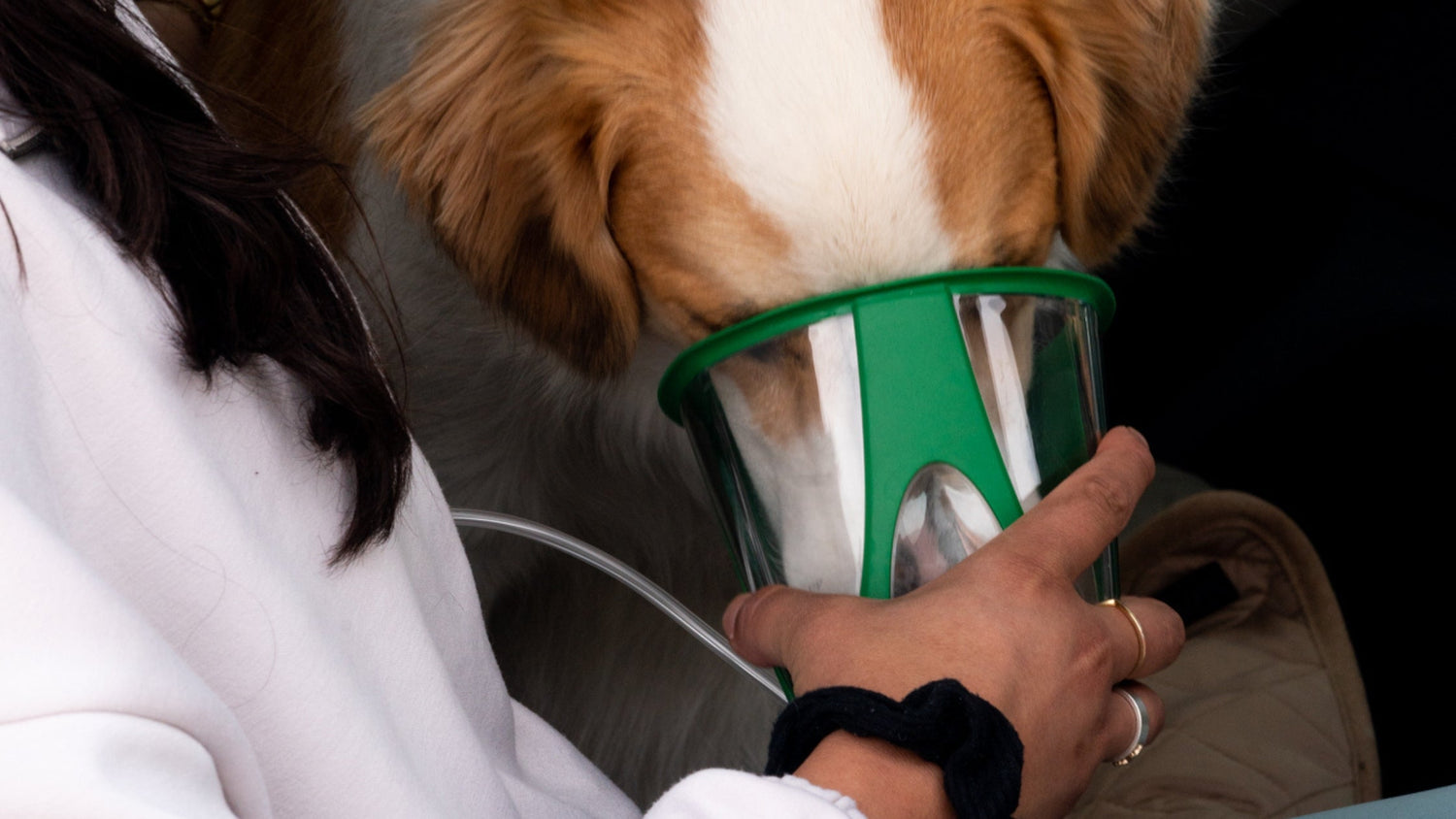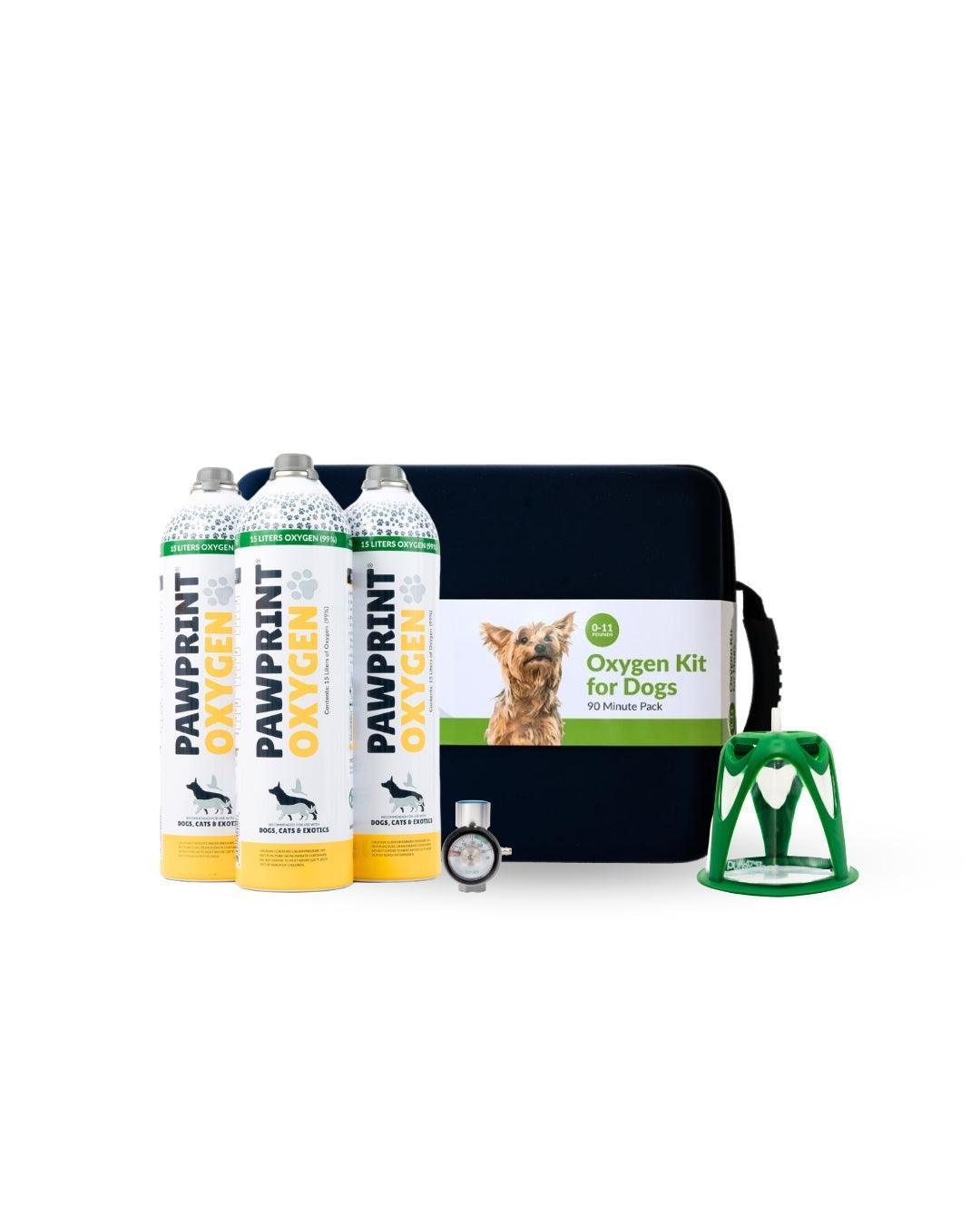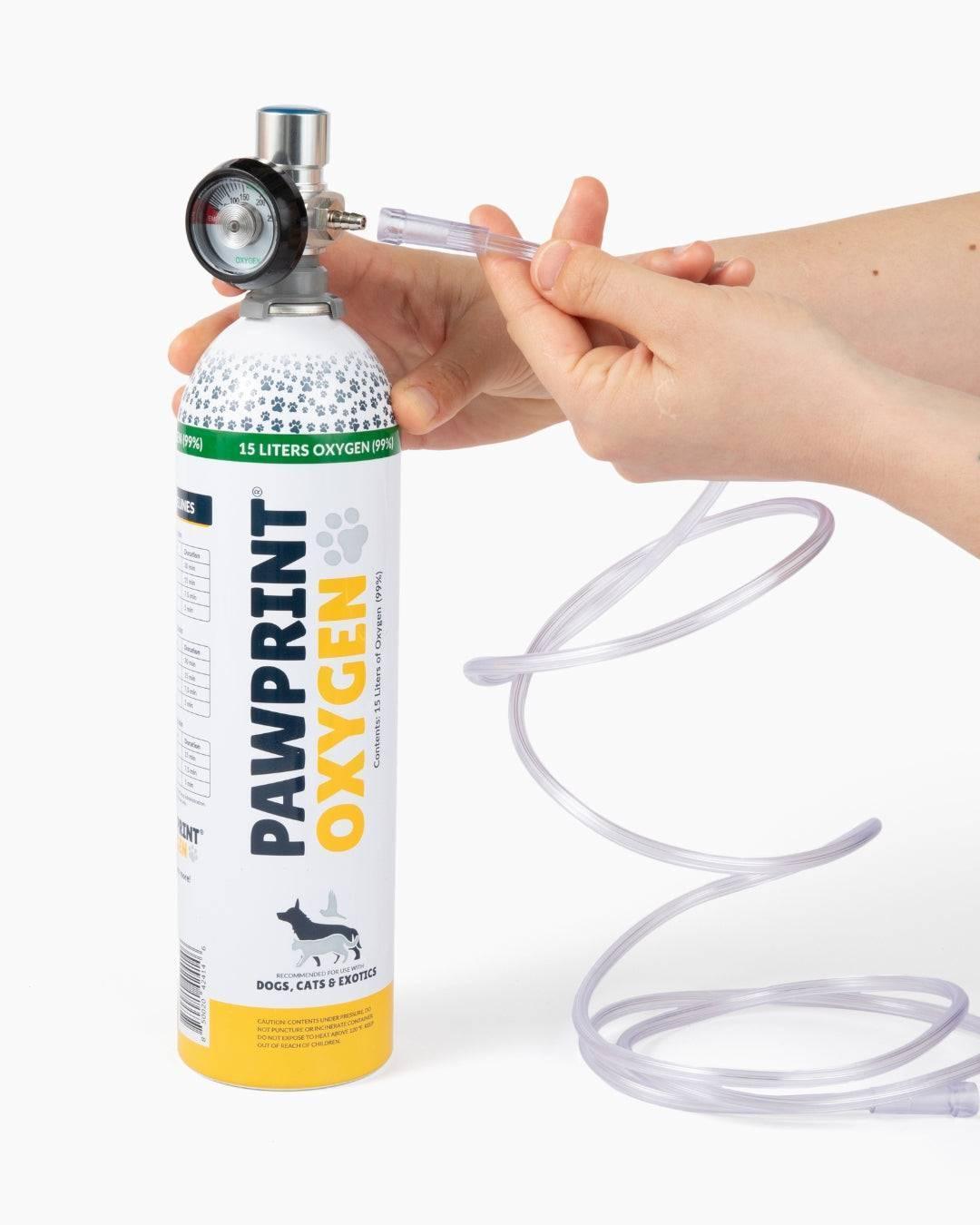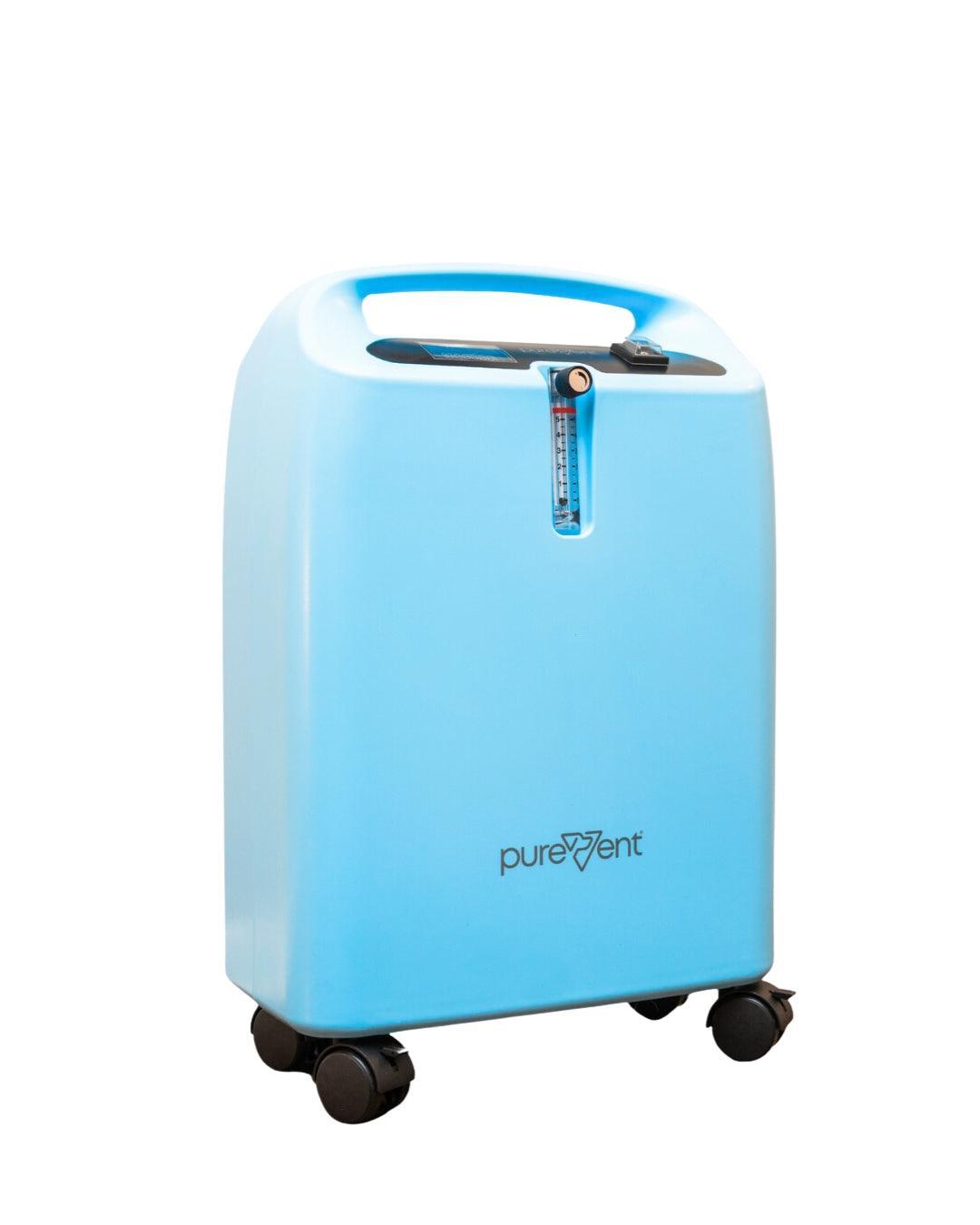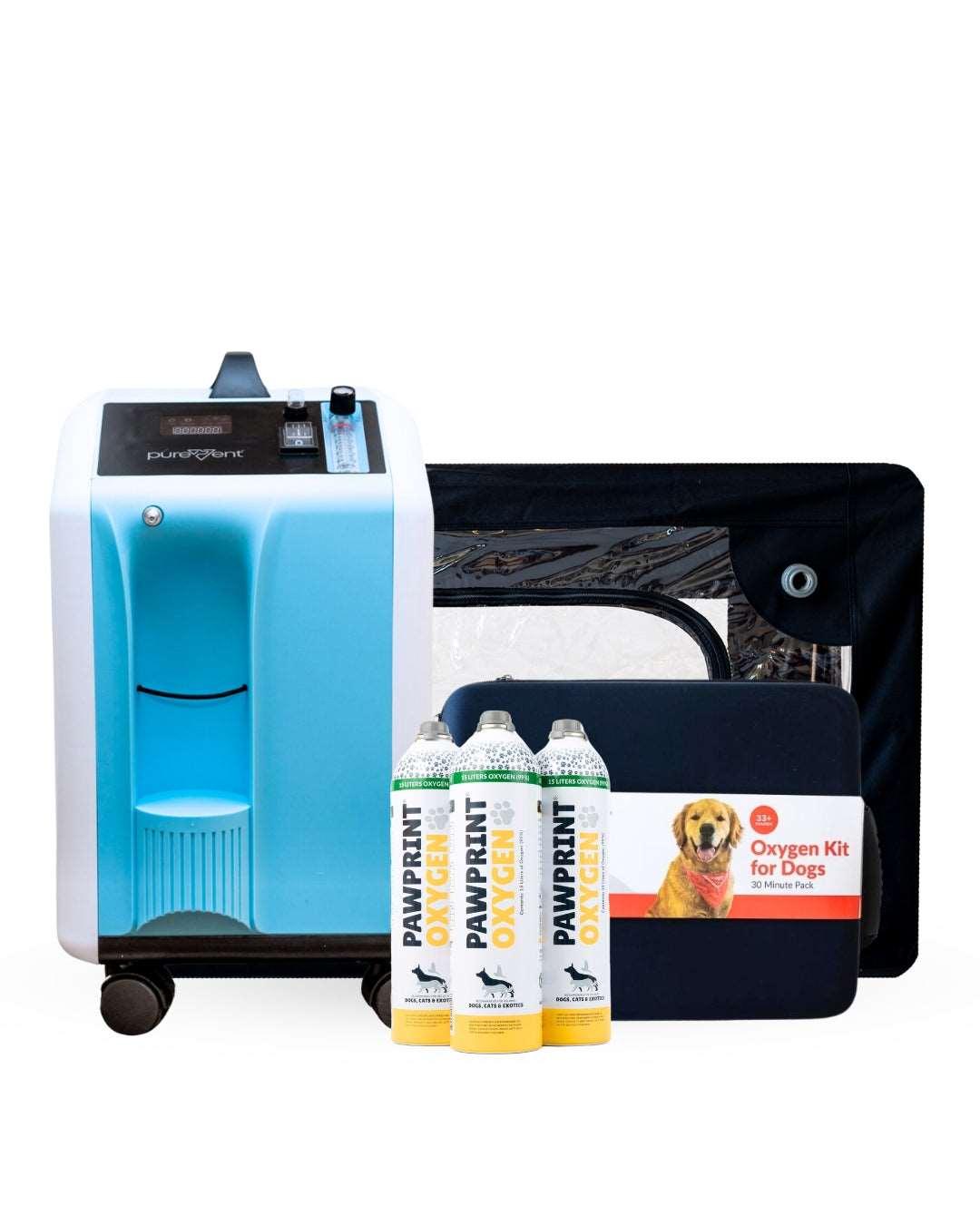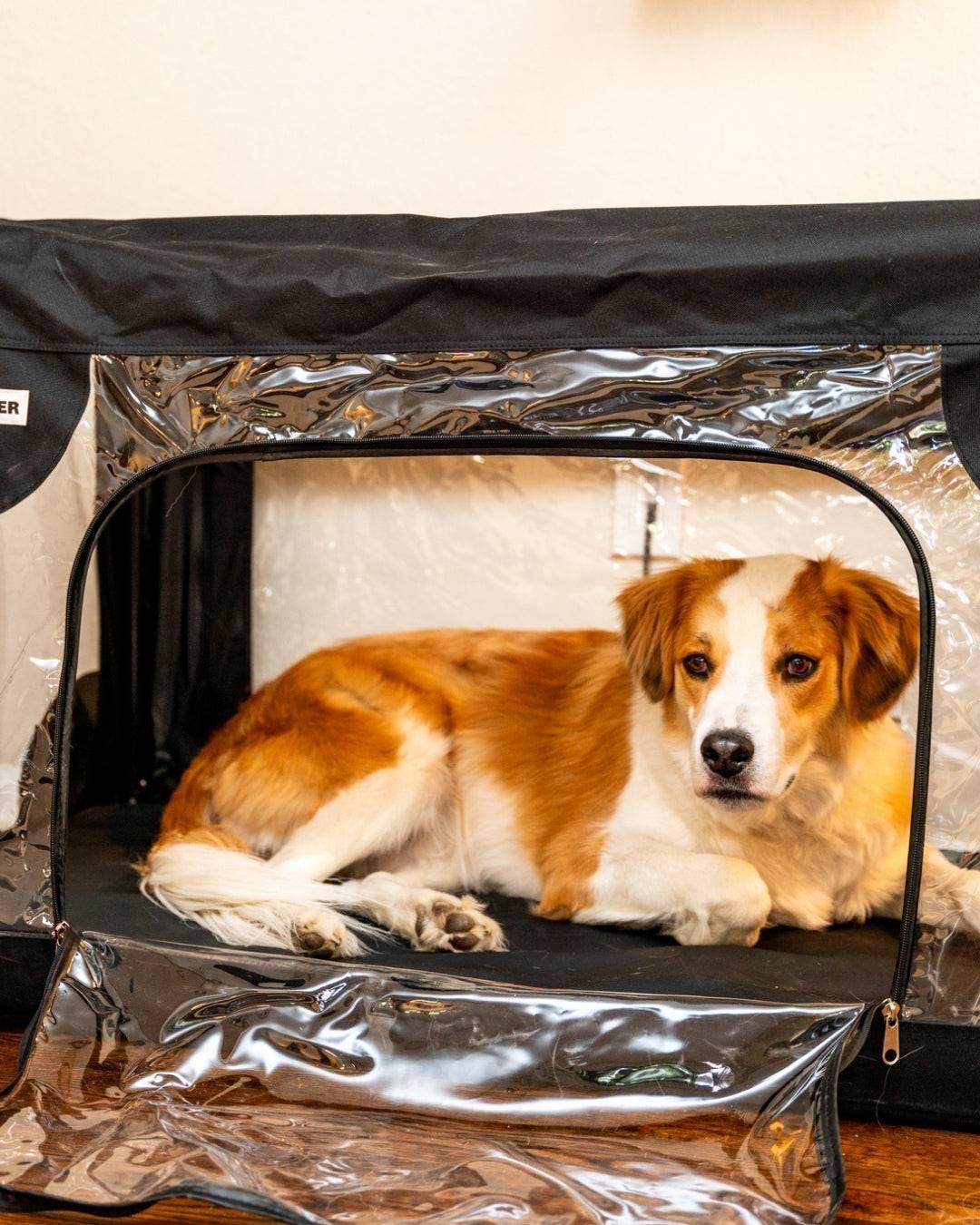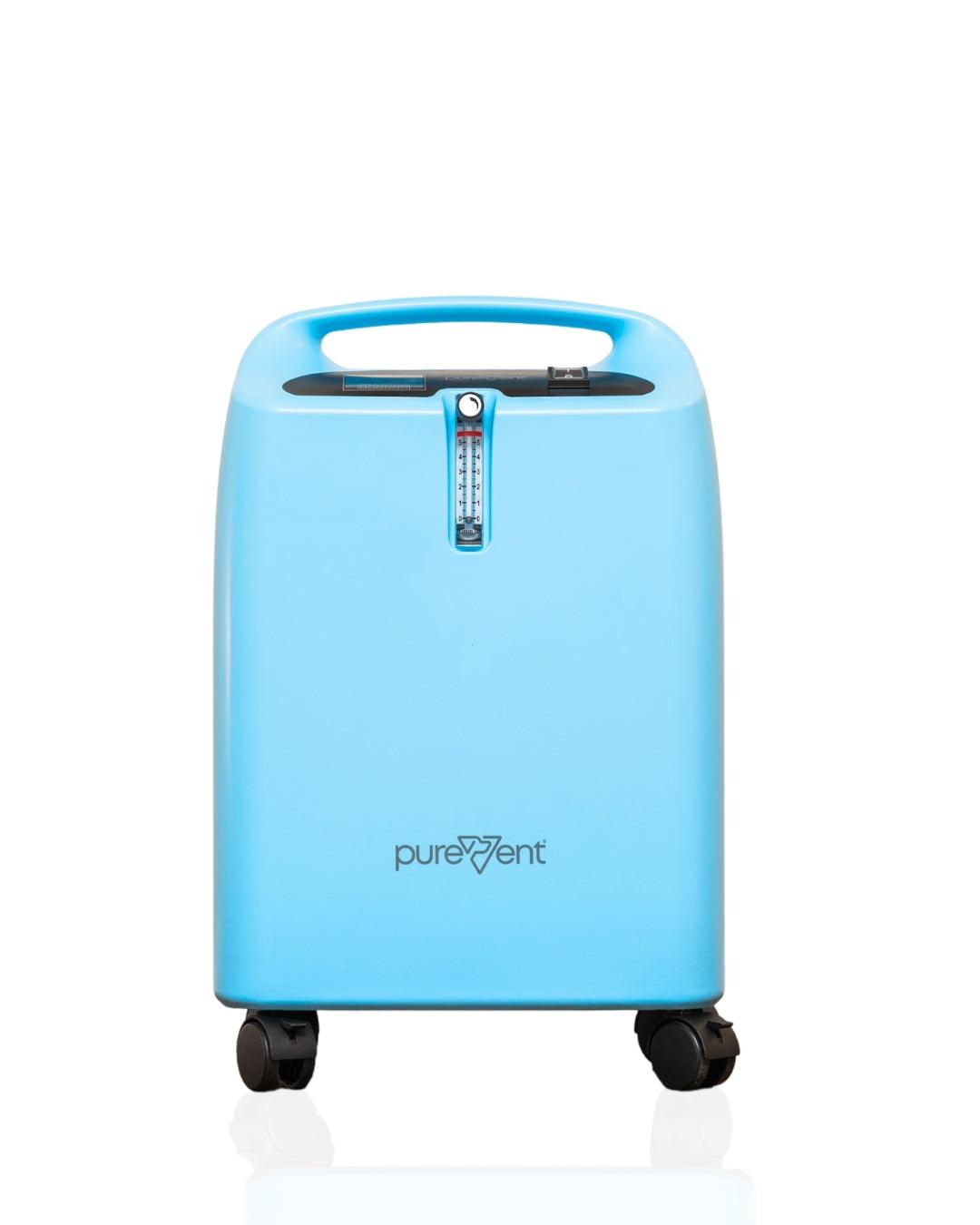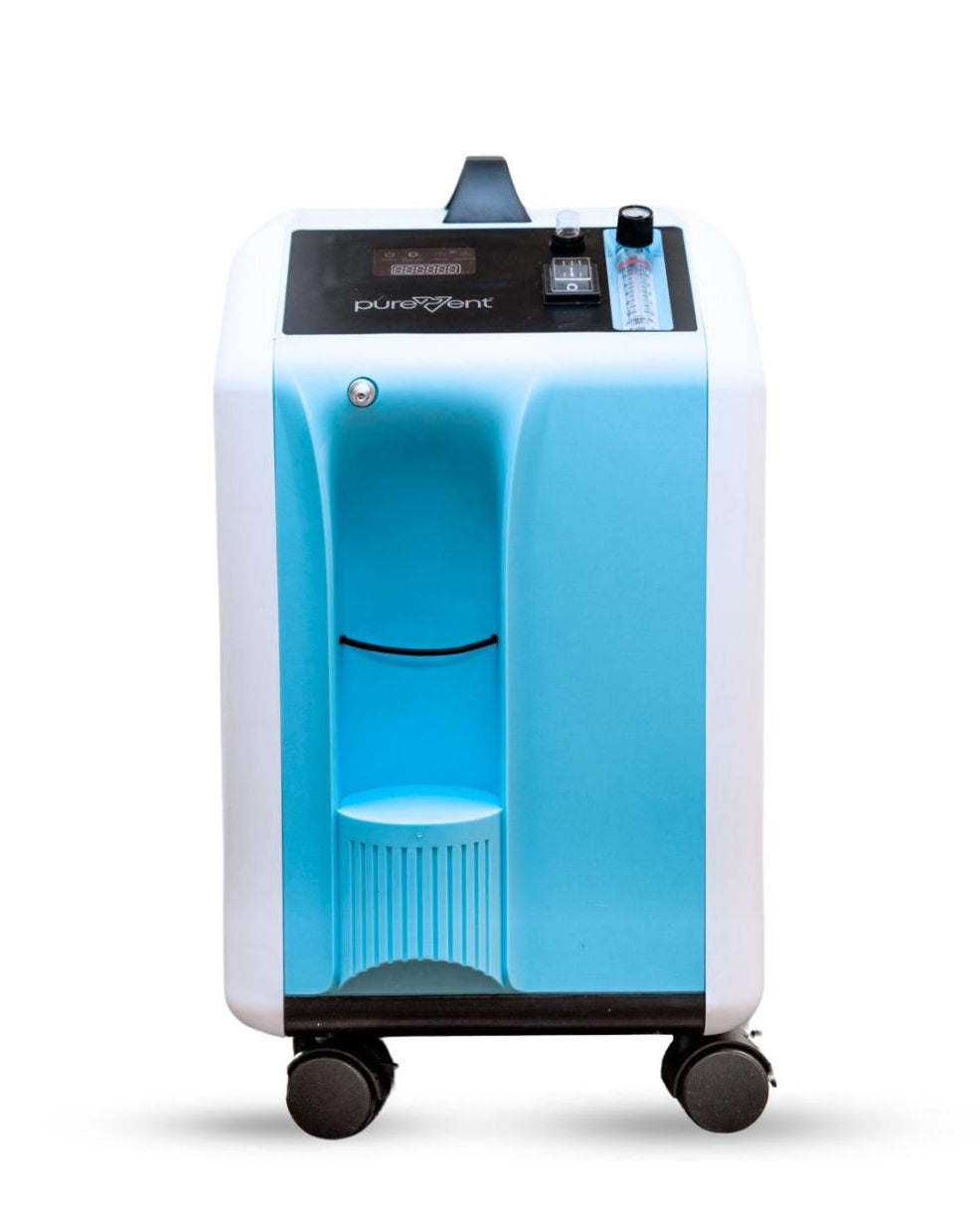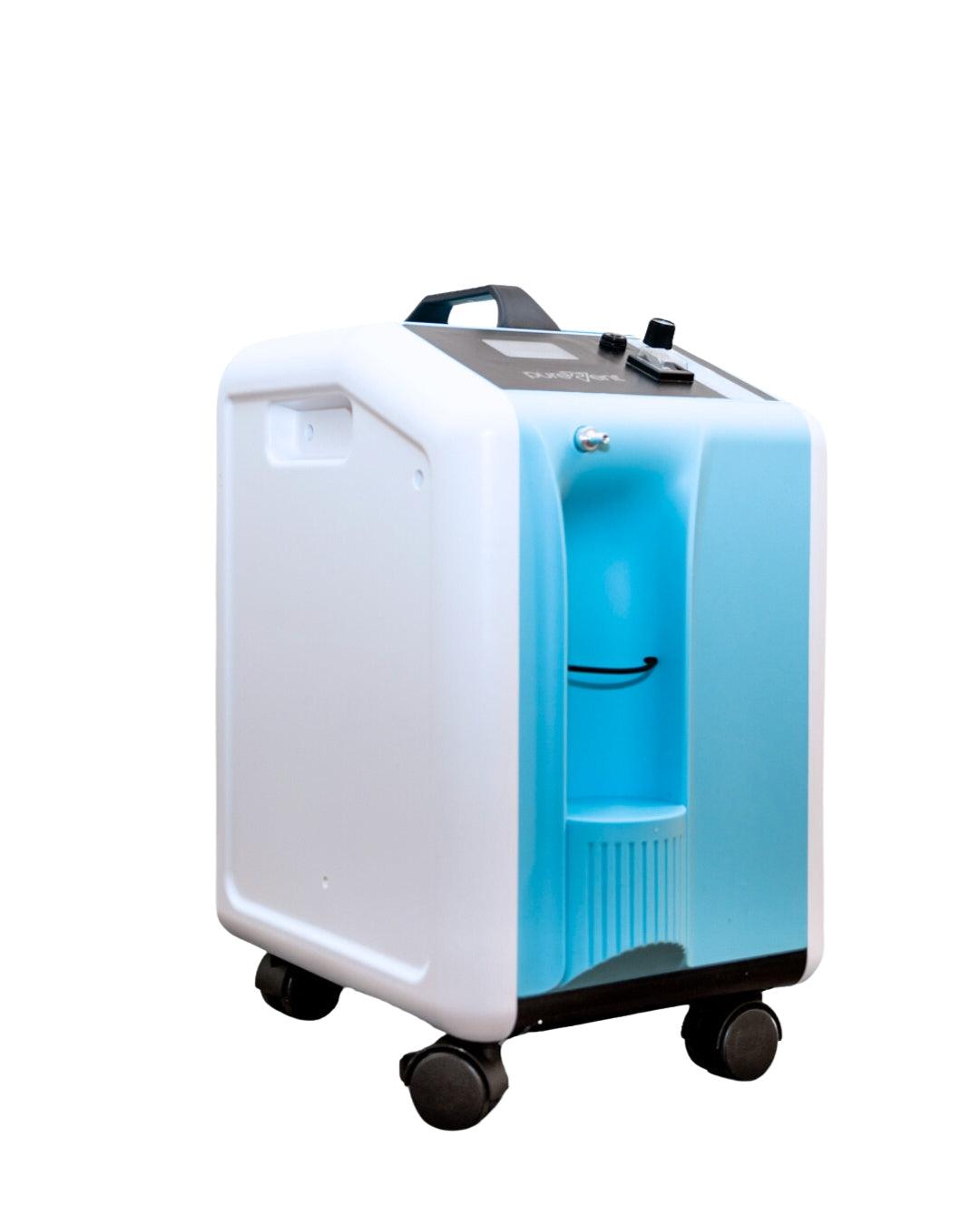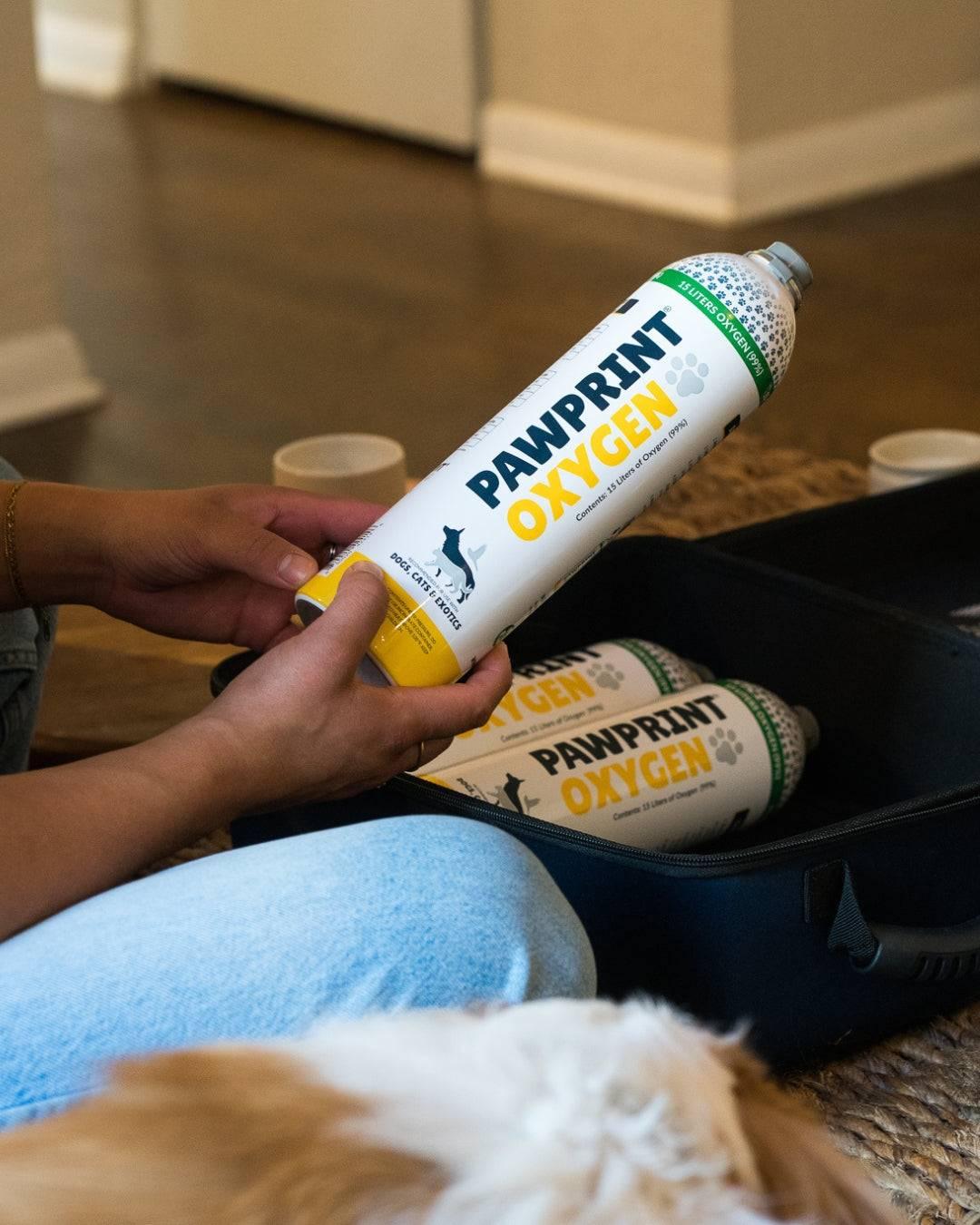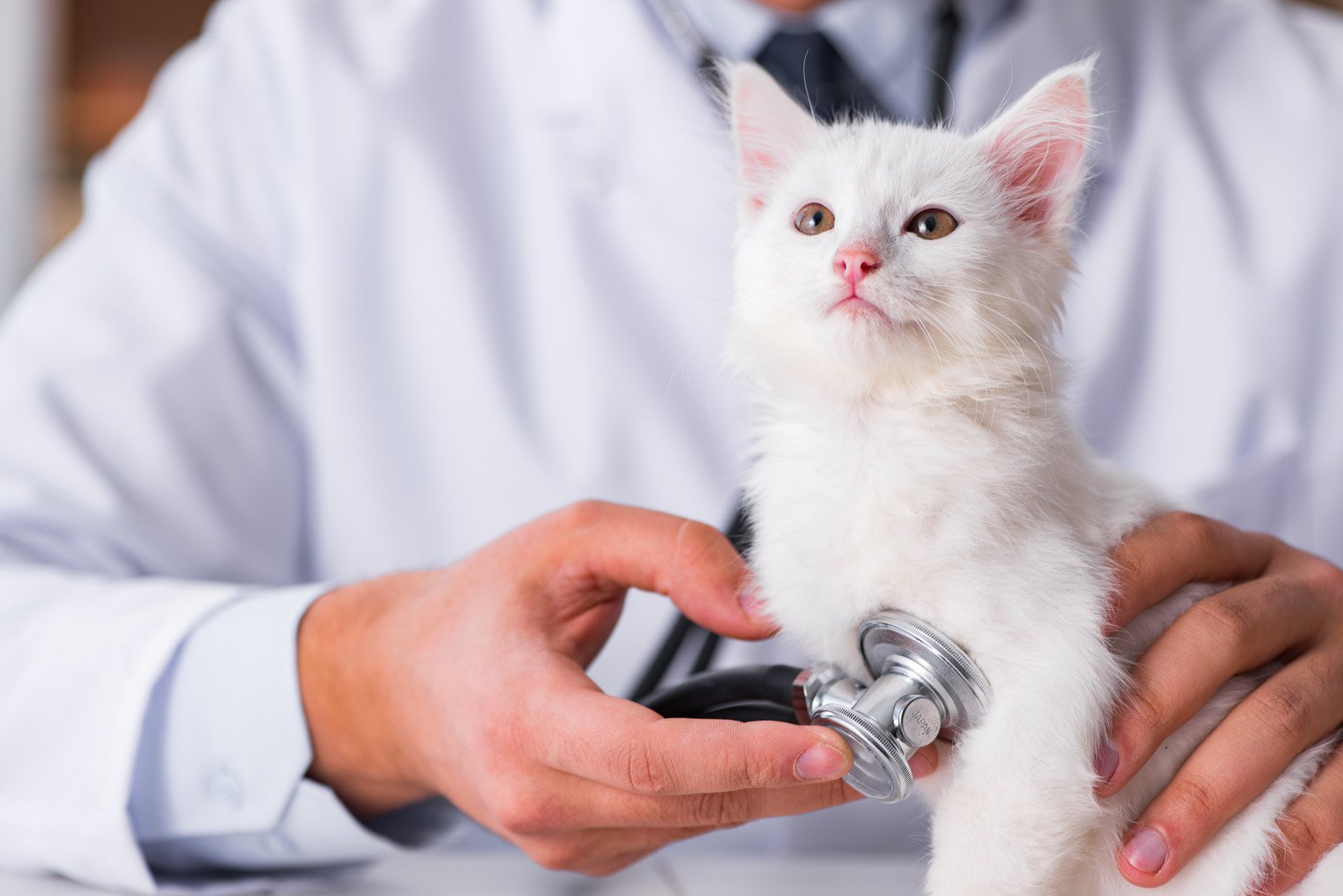Be sure to prepare an emergency plan that includes your pets, such as practicing evacuation routes with them and creating a pet-specific emergency kit with essentials like food, carriers, and medical records. Using pet oxygen kits for smoke-related breathing issues and ensuring your local fire department is equipped with pet oxygen masks, can drastically change the outcome for your pet in the case of a house fire or other emergency. Additional safety tips include keeping leashes handy, updating ID tags and microchips, and displaying a window decal indicating how many pets are inside to assist first responders.
Table of Contents
Pet Fire Safety
Over 500,000 pets are affected annually by house fires. Pets have a harder time escaping a house fire, often retreating deeper into the home. They are also more susceptible to smoke inhalation due to their smaller size. That's why pet fire safety is crucial, and it's important to have an emergency plan for yourself and your pets.
During these emergency situations, fire crews administer supplemental oxygen to both people and pets. By using specially designed PureVent Pet Oxygen Masks that fit over animals’ snouts, firefighters are able to resuscitate pets from smoke inhalation more effectively. If your local fire department does not carry a set of oxygen masks, consider donating them to help save an animal’s life.
In the 1970s in Japan, an engineer by the name of Takuo Aoyagi invented the pulse oximeter, which, according to Courtney Broaddus, professor emeritus of medicine at the University of California, San Francisco is “an indispensable addition to medicine.”
Oxygen Level Becomes the Fifth Vital Sign
Administering oxygen therapy to humans during rescue care has been a standard practice for over 100 years. Given this, you might think that every fire department and EMS service would have pet oxygen masks onboard, as well.
Unfortunately for our pet population, medical care trends behind human care. Veterinarians have only begun using oxygen therapy on pets as recently as last 20-30 years.
It's still very common for fire departments and EMS providers to not be equipped with pet-specific rescue devices needed to care for animals. Ask your fire department if they carry pet rescue tools. If not, it's a fantastic item to donate to your local department, especially in areas prone to wildfires and air quality conditions.
How Can I Prepare For An Emergency At Home With Pets?
Accidents and emergencies occur with little to no warning. However, there are various ways to prepare your household for an emergency. These specific action items will be most helpful during stressful emergencies:
Create an emergency plan: Know evacuation routes and identify pet-friendly shelters or hotels.
Assemble a pet emergency kit: Include food, water, medications, leashes, carriers, portable oxygen kit, and a first aid kit.
Keep medical records handy: Store copies of vaccination records and prescriptions in a waterproof folder. Include a photo of your pet, as well, in case you are separated from them.
Have a Pet Oxygen Kit available: Be prepared for respiratory emergencies, fires, or smoke exposure.
Practice regularly: Run through your emergency plan so pets are familiar with carriers, masks, or restraints.
Update ID tags and microchips: Ensure your pet can be identified if separated during an emergency.
Secure your home environment: Know how to quickly contain or safely transport your pet.
What conditions can a pet oxygen mask help treat?
How Pet Oxygen Masks Help
Pet oxygen masks support dogs and cats with a wide range of conditions that affect breathing. They are useful for both emergency care and ongoing health management.
Respiratory Conditions: Asthma, pneumonia, collapsed trachea, COPD, and lung cancer.
Heart Conditions: Congestive heart failure (CHF) and pulmonary hypertension.
Emergencies: Smoke inhalation, drowning/near-drowning, and trauma.
Infectious Diseases: Feline infectious peritonitis (FIP) and severe upper respiratory infections.
Neurological Conditions: Recovery after seizures or head trauma.
Chronic Conditions: Laryngeal paralysis and brachycephalic airway syndrome (BOAS).
Post-Surgical Recovery: Support after anesthesia or procedures in pets with heart or lung disease.
Shock or Severe Anemia: Helps stabilize oxygen delivery when the body is under stress.
By improving oxygenation, pet oxygen masks ease breathing, reduce complications, and enhance quality of life for pets with compromised respiratory function.
What kind of oxygen source do I need for the pet oxygen mask?
The best oxygen source for your pet depends on their symptoms, where you are, and how long oxygen is needed. Portable oxygen canisters are lightweight and ideal for short-term use or transport, while oxygen concentrators provide continuous oxygen at home but require electricity. Large oxygen tanks offer high flow rates and are used by first responders, though their size and need for refills make them less practical for pet owners.
What should I do if my pet resists wearing the pet oxygen mask during an emergency?
If your pet resists wearing an oxygen mask, stay calm and gentle—forcing it may increase their stress. Try introducing the mask gradually, offering comfort with a toy, blanket, or gentle touch, and distracting with treats if the situation allows. If needed, hold the mask just above their nose and mouth to deliver oxygen indirectly, and ask for assistance from another person if available. Always prioritize safety, and practice with the mask ahead of time so your pet is more comfortable in real emergencies.
Create an Emergency Evacuation Plan
Schedule a night with your family to create an emergency evacuation plan. Make sure to cover the points listed below:
- Have everyone memorize the emergency phone number of the fire department.
- Walk around your property and house to identify the best escape routes.
- If you live with infants, the elderly, or pets, make sure someone in the household is assigned to each pet or person to make sure they are safely evacuated.
- Check and test your home's fire alarms, change all the batteries out, and set a calendar event for a year from now to do the same safety check.
Confirm that your Local Fire Department is Equipped with Pet Oxygen Masks
Contact your local fire department to make sure that they are equipped with PureVent Pet Oxygen Masks. Many fire departments get their masks through donations from community members just like you! Because they often get left at the scene of the fire to provide continued care to pets in need, fire departments often need replacement masks, too.
You can donate a mask set to your local department to make sure they are prepared to save the furry friends in our communities.
Equip your Home with a Pet Oxygen Kit
Having a Pet Oxygen Kit at home ensures you’re prepared for emergencies like fires or sudden respiratory distress. These kits can provide critical oxygen support for dogs, cats, or exotic pets until you reach veterinary care. By reducing stress and complications from low oxygen, a small investment in a kit can protect your pet’s health and potentially prevent costly emergency bills.

Important Fire Safety Tips
1. Create an emergency evacuation plan with your family with clear instructions that are easy to follow and understand by every member of your family.
2. Practice your household's emergency evacuation plan to be better prepared for an emergency situation, and include your pet.
3. Confirm that your local fire department is equipped with pet oxygen masks.
4. Consider donating pet oxygen masks to your local fire department to help your community's pets.
5. Equip your home with a Pet Oxygen Kit and any other safety items, such as flashlights, emergency phone numbers, and first aid kits, for your family and pets.
6. Check and test your home's fire alarms, change all the batteries out, and set a calendar event for a year from now to do the same safety check.
7. Keep collars on your pets and leashes accessible in case fire fighters need to rescue your pet in an emergency situation.
8. Put a sticker or window cling in your window with the number of pets in your home so firefighters can locate all of your pets in case of an emergency situation.

